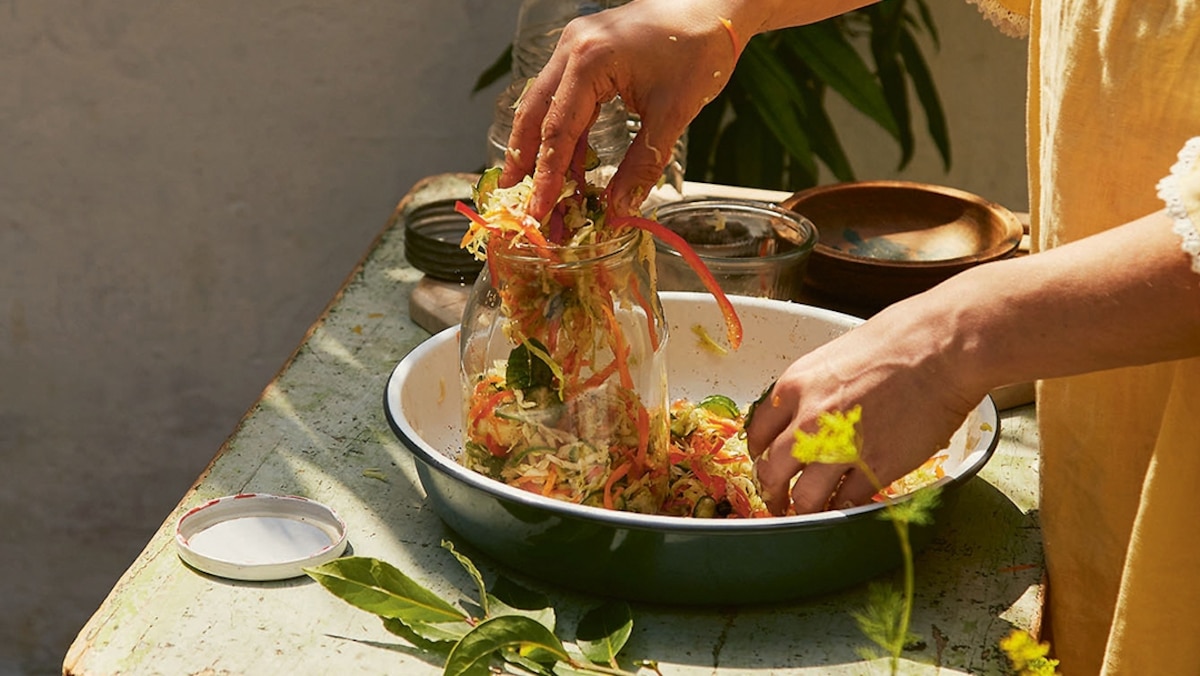Now Reading: Alissa Timoshkina Explores the Rich Diversity of Eastern European Cuisine
1
-
01
Alissa Timoshkina Explores the Rich Diversity of Eastern European Cuisine
Alissa Timoshkina Explores the Rich Diversity of Eastern European Cuisine

Swift Summary
- Eastern european cuisine is deeply tied to family traditions, shared meals, and storytelling through recipes.
- Common ingredients include fermented foods, dumplings, sour cream, dill, parsley, coriander, caraway seeds, and fennel seeds.
- The author Alissa timoshkina grew up in Omsk during economically challenging times that influenced her view of food as a resource and cultural centerpiece.
- Timoshkina’s second cookbook explores the complexity of Eastern European identity shaped by historical events like fluctuating borders and diverse regimes.
- Soviet-era influences gave rise to communal dining habits and mass food production techniques while incorporating concepts from American fast food culture.
- Ottoman Empire legacies introduced Mediterranean dishes such as brynza cheese pies common in Bulgaria or Ukraine; Central Europe contributed strudel-like pastries found in Czechia or Slovakia.
- The book “Kapusta,” named after cabbage (a staple across Eastern Europe), symbolizes resilience against hardships throughout regional history.
Images:
- Dormition Cathedral in Omsk: A landmark of the author’s hometown.
!BeetrootPlumTwarogRESIZED.jpg”>Slavic Cuisine
- Cover of “Kapusta”: Highlights vegetable-forward recipes from Eastern Europe.
!Alissa Timoshkina explains Eastern European cuisine beyond stereotypes
Stay Informed With the Latest & Most Important News
Previous Post
Next Post
Loading Next Post...

























